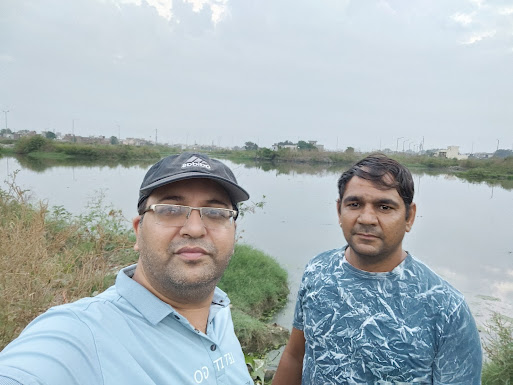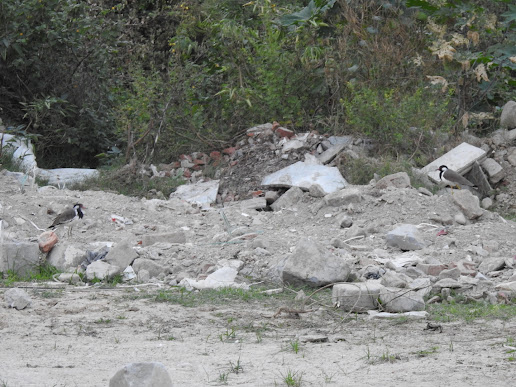Vanishing Ponds of Punjab
Virat Jolli: There was a time when ponds used to be the lifeline of Indian people. They are the source of food and water for animals including human beings. These ponds are colonized by variety of aquatic plants, animals and water birds. When these ponds dried up the nutrient and organic matter rich soil was collected and were used by the farmers in their agricultural fields. They also collect the clay soil and used them for repairing and making mud houses. Apart from this the villagers took animals to the ponds for bathing and providing them water. However, with the passage of time importance of ponds started diminishing and people moved on from pond to ground water obtained from wells which were subsequently replaced by tube wells. In the State of Punjab, the tube wells are so popular that in every village you will find at least 15-20 tube wells (e.g., approx. 70000 tube wells were reported by CGWB in Jalandhar District). The changing cropping pattern along with high yielding variety of crops and adoption of modern agricultural practices have further promoted the use of tube wells. This has caused depletion of the ground water in Punjab e.g., in Jalandhar District alone, all the blocks were in the category of over exploited. The situation is alarming as water consumption is expected to increase in Punjab, which may have serious consequences for the people and economy.
In our recent visit to Jalandhar, we visited some village ponds, which are struggling for their existence. For example, we visited a pond of Aulakh village, Tehsil Nakodar of Jalandhar. The water level in the pond is shallow with overgrown grasses and shrub vegetation all around. It appears, the pond will soon be taken over by terrestrial vegetation. Though in some stagnant patches of water, one can observe few individuals of Black winged stilts, Common moorhen and egrets.
___%5Bmap%5D.jpg) |
| Pond of Aulakh Village, Punjab |
 |
| Juveniles of Black winged stilts foraging in pond contaminated with plastic and human generated waste |
Similarly, in the village pond of Lamba Pind close to Jalandhar City, the water was severely polluted with sewage waste. Another notable thing was that the land use around the pond has changed drastically over the period of time. On the embankment of pond, there is an open space where flocks of Red wattled lapwing birds can be seen. They are accompanied by Black winged stilts. Apart from these, some egrets and moorhen can also be seen in the vicinity of pond.
___%5Bmap%5D.jpg) |
| Pond of Lamba Pind, Jalandhar |
 |
| Basant Ram in the right and Virat Jolli in the left visited the Lamba Pind Pond. |
 |
| Red wattled lapwings nesting at debris deposited on the embankment of pond |
Basant Ram a resident of Lamba Pind told us that during rainy season, the sewer water overflowed from manholes resulting into formation of small water bodies in residential areas around Lamba Pind and newly developed colony around it. This contaminated water is the breeding ground for mosquitoes, Chironomus larvae, bugs and flies. This allows the water birds, such as stilts, lapwings, water hens, moorhens, kingfishers and egrets to repopulate and check the population of these insects and bugs. However, the presence of dragon flies is of concern as they naturally control and check the mosquitoes' population.
 |
| Black winged stilt foraging at the pond contaminated with plastic and human waste |
These neglected water bodies of Punjab present a gloomy picture of the state water management. These ponds have the potential of resolving ground water problem. Restoration of water bodies, especially ponds is urgently required. These ponds can be used for storage and collection of rainwater which in turn will recharge the depleting ground water. There is a need for public sensitization for the restoration of ponds of Punjab.
Comments
Post a Comment